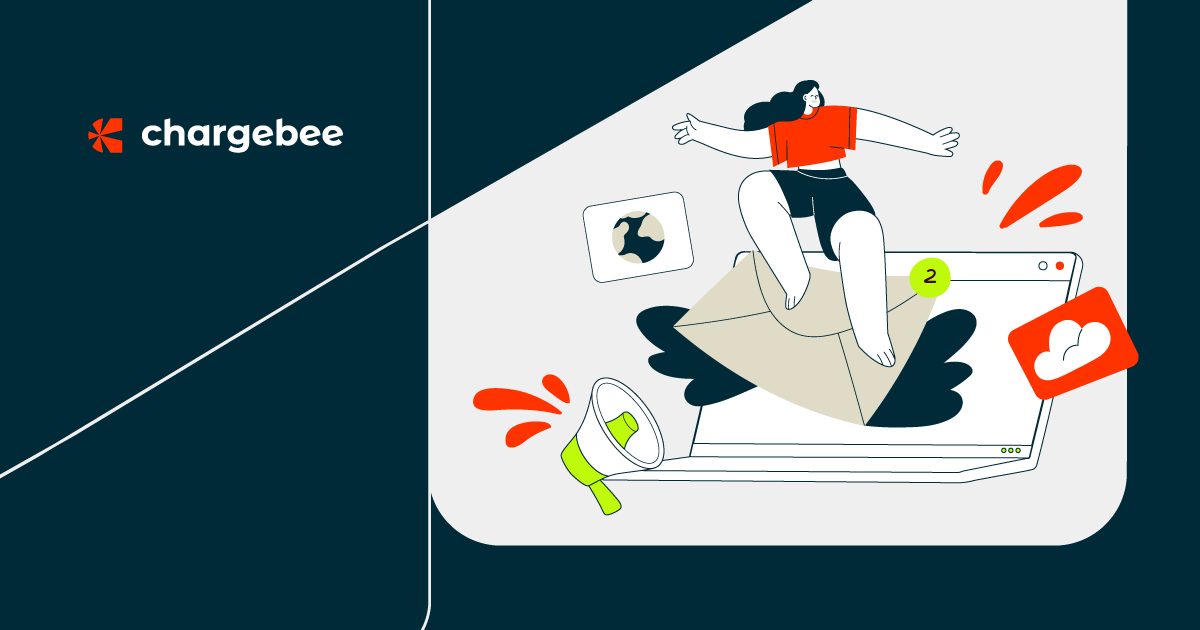
The demise of print newspapers and other publications was written on the wall on the advent of the Internet. Over the past five years, hundreds of newspapers, magazines, journals and other trade publications have been discontinued as publishers see increased costs and diminishing revenues as more people search for information online.
Between just 2008 and 2010, over 166 US newspapers closed down or stopped publishing a print edition. According to the SFN Blog, there have been over 35,000 job losses in the newspaper industry. As publishers struggle to remain profitable in this era of digital subscription, online paper editions coupled with premium offerings are becoming the trend. Publications are adopting paywalls as their primary online revenue generation avenue.
According to a report by Pew Research, 450 of the 1380 daily newspapers have a paywall or are in the process of getting into the business model. However, paywalls are not a recent trend. The WSJ has had a paywall since January 1997. Here are some highlights of the paper’s paywall model:
- At the beginning, subscribers paid $50 annually to access WSJ.com.
- By April 1998, more than 200,000 people had subscribed to the paywalled WSJ.
- In May 2007, the WSJ has reached its millionth subscriber.
WSJ’s paywall model is simple but it is not the only model publishers are going for. A case in point is the paywall model of the Financial Times. Here are some timeline highlights:
- In 2001, the company started charging for its content.
- In 2007, the FT adopted a “metered” model where readers could access 10 free articles without being required to register.
- In 2010, it dropped the totally free access in favor of a metered free access where users can access a number of articles on a monthly subscription.
It is only over the last 5 years that more digital publishers have been experimenting with paywall revenue model. Let’s look at the major types of paywall models.
Hard Paywall Model
Just like is the case with other online subscription businesses, digital publishers looking to adopt paywall models need to understand their offerings and the needs of their readers. In most instances, a mix of free and paid content works well. For example, aggregated news can be offered for free while in-depth analysis, commentaries or other expert content can be put behind a paywall.
Most publications that follow a paywall model offer their content for free for a number of days before requesting users to pay to access more content. Others simply have a mix of free and premium content. The premium content can be accessed through different payment structure e.g. pay as you read, monthly subscription or annual subscription.
Soft Paywall Model
But more than simply offering a flat subscription model, digital publishers are coming up with innovative subscription options. For example, the NY Times has the “group subscription” which is applicable to organizations with more than 50 employees. This subscription offers “all access” to content through tablets and smartphones. Apart from this, the pricing is determined by the number of individuals than an organization adds to the package.
Another publication that has had success with the soft paywall metered model is Harvard Business Review. The publisher allows users free unlimited access to its blog in addition to 3 articles. For full annual print and online access, users are charged $89. A higher package of an annual payment of $99 allows users full print, online, digital and iPad access.
Hard and Soft Paywall Combination
Another business model has been to combine hard and soft paywall as the Boston Globe does. The publisher offers premium in depth content on a paid basis and breaking news and briefs for free. The publisher caters for two types of users: those who understand that in-depth journalism is expensive and needs to be funded and those that think online content should be free.
While it may seem that the digital paywall model has been a preserve of large national newspapers, this is not the case. Smaller niche players have also gotten into the paywall bandwagon with varied successes. The results for online niche publishers had been better when compared to publishers targeting the masses (e.g. newspapers).
Examples of niche publishers that have had success with content subscription business model include The Milwaukee Journal Sentinel, ConsumerReports.org, and Forrester Research. For niche publishers, there is no one fee fits all package. Most of the publishers offer subscriptions based on extent of access and on a pay per article basis.
However, paywalls have not been a success with every digital publisher. Some publishers have tried paywalls but ended up abandoning them. Examples of such publishers include Microsoft’s Slate, Salon, Los Angeles Times among others.
Successful paywalls business model for the digital publisher is dependent on the content offered and the needs of the readers.

